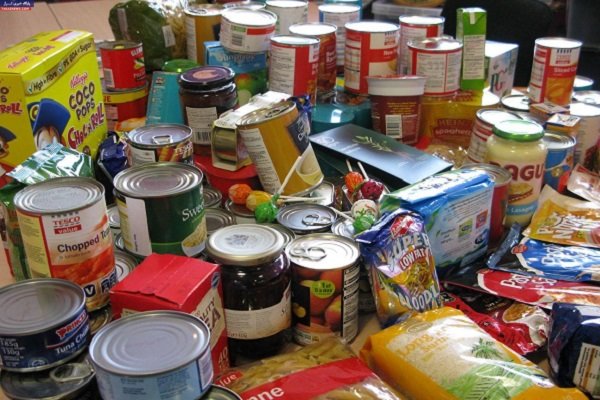The need to protect materials against heat, light, moisture, oxygen, microorganisms, insects and dust have long been an issue in various industries as various packaging and coating approaches have been developed.
In the meantime, storing food, pharmaceuticals, toxins as well as perishable stuff remains as a vital issue and extending the shelf-life of these products remains as the most important concept taken into account during the packaging process.
Packaging materials increase shelf life of a product by setting the right atmosphere inside the package in accordance with the product’s maintenance features. In recent decades, various methods have been implemented to bring about desirable possibilities for prolonging the life of products.
Gholamreza Khalaj, the project director, asserted “the plan aimed to improve various properties of polymeric materials used in food and pharmaceutical packaging by taking advantage of clay and iron oxide nanoparticles.
“The use of this nanocomposite packaging can cause a marked increase in shelf-life of the products it contains,” he added.
Khalaj went on to note that “these two types of nanoparticles offer two different mechanisms to prevent passage of oxygen from the package; simultaneous use of clay and iron nanoparticles brings about synergic effects to further boost the shelf life of food and pharmaceuticals.
Provision of layers of polyolefin nanocomposite granules (polypropylene) was placed on the agenda of the research in order to produce thin packaging films.
The Iranian researcher further underlined that analyzing gas permeability properties of nanocomposite films revealed that the greatest effect on increasing the shelf life of food can be achieved by using 1% of nano clay and 0.1% of iron oxide nanoparticles.
The findings were achieved as a result of efforts made by Gholamreza Khalaj and Hamidreza Ahmadi, as faculty members of Islamic Azad University of Saveh, Mohammad Javad Khalaj as well as Rasoul Lesankhosh Monfared.
The results of the research have been published in Trends in Food Science & Technology journal (Volume 51, 2016, pages 41 to 48) and the product has been produced on an industrial scale.
HA/3740512






















Your Comment